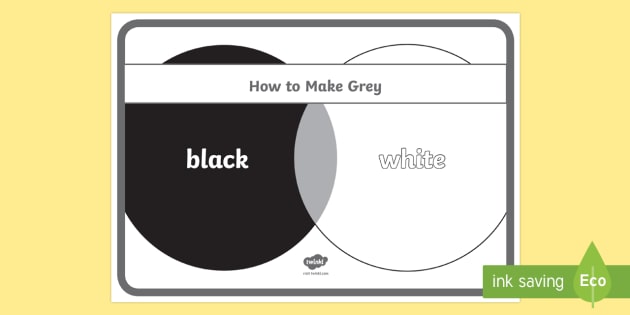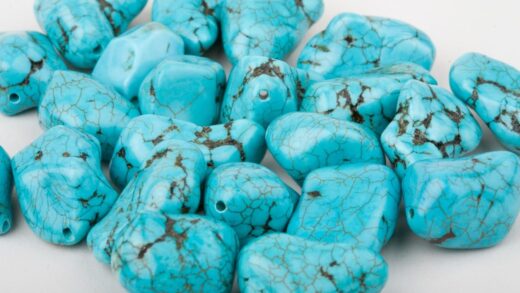Gray is a neutral or achromatic color that can be produced by mixing different ratios of black and white. However, complementary or primary colors can also be used to produce gray and different shades of gray. Although it might not be everyone’s favorite color, it has its uses. Gray in the art can add a lot of depth by affecting shadows and contrasting light and dark tones, so it’s not just a boring color. You can also paint your walls gray, which will give them a more upscale appearance and can be used in combination with other colors to create contrast or draw attention. Let’s now delve deeper and talk about the colors that make gray.
Table of Contents
History Of Gray
Many peasants and other underprivileged people wore gray, undyed wool in the past. Regarding clothing, the Renaissance and Baroque eras saw a rise in the use of black, gray, and white, particularly in Italy, Spain, and France. Gray was additionally utilized in paintings at this time. In this instance, the grisaille painting style stands out because it uses gray monochrome colors primarily in small sculpture pieces. Gray was and is also used as a background color for skin tones, used to create highlights.
Gray was later a popular color for dresses and waistcoats, especially in the eighteenth and nineteenth centuries. The gray business suit eventually showed up, using the seasonally appropriate lighter and darker shades of gray. In the years following World War II, this also gained popularity. Unfortunately, gray was frequently the preferred uniform color in factories during the nineteenth century. Due to its low visibility, gray has become a common color for military attire. Consider the gray confederate army, which fought in the American Civil War. Many artists over the years, including James McNeill Whistler, painted Whistler’s mother’s famous background in gray.
How Many Different Shades Of Gray Are There?
Contrary to what Fifty Shades of Gray would have you believe, there are actually endless different gray hues that you can make yourself. Despite the fact that many of these gray hues lack official names, the grayscale offers a wide range of possibilities.
What Two Hues Combine To Form Gray?
Since they are used to make shades and tints of other colors, black and white aren’t actually colors. Combining equal amounts of black and white creates a basic neutral gray. The amount of black or white will affect the shade. For instance, more white will result in a gray that is lighter, and vice versa. By adding a little bit of red or blue for a warmer or cooler shade, respectively, to this neutral gray, you can also change its color temperature.
In addition to using black and white, you can also mix your complementary colors to make gray. These colors can be seen on opposing sides of what is known as a color wheel. Red and green, blue and orange, or yellow and purple, as examples. Every time these hues are combined, a shade of gray is produced that retains some of the characteristics of the original hues. You can also combine all three primary colors to produce a primary gray. By varying the amounts added, you can modify the gray’s shape.

How Can I Make Gray With Acrylic Paint?
Although it is a neutral color, gray can add a lot to a painting by creating new depths in the form of light, dark, and shadows. Gray can represent darkness and nighttime scenes without hiding other details, whereas black can easily mask details. The various methods of producing gray have already been discussed.
- Neutral (true) gray combining black and titanium white
- Complementary gray with complementary colors
- In the case of cadmium yellow and red with ultramarine blue, and primary gray with all three primary colors. Then slowly add white to create varying shades



